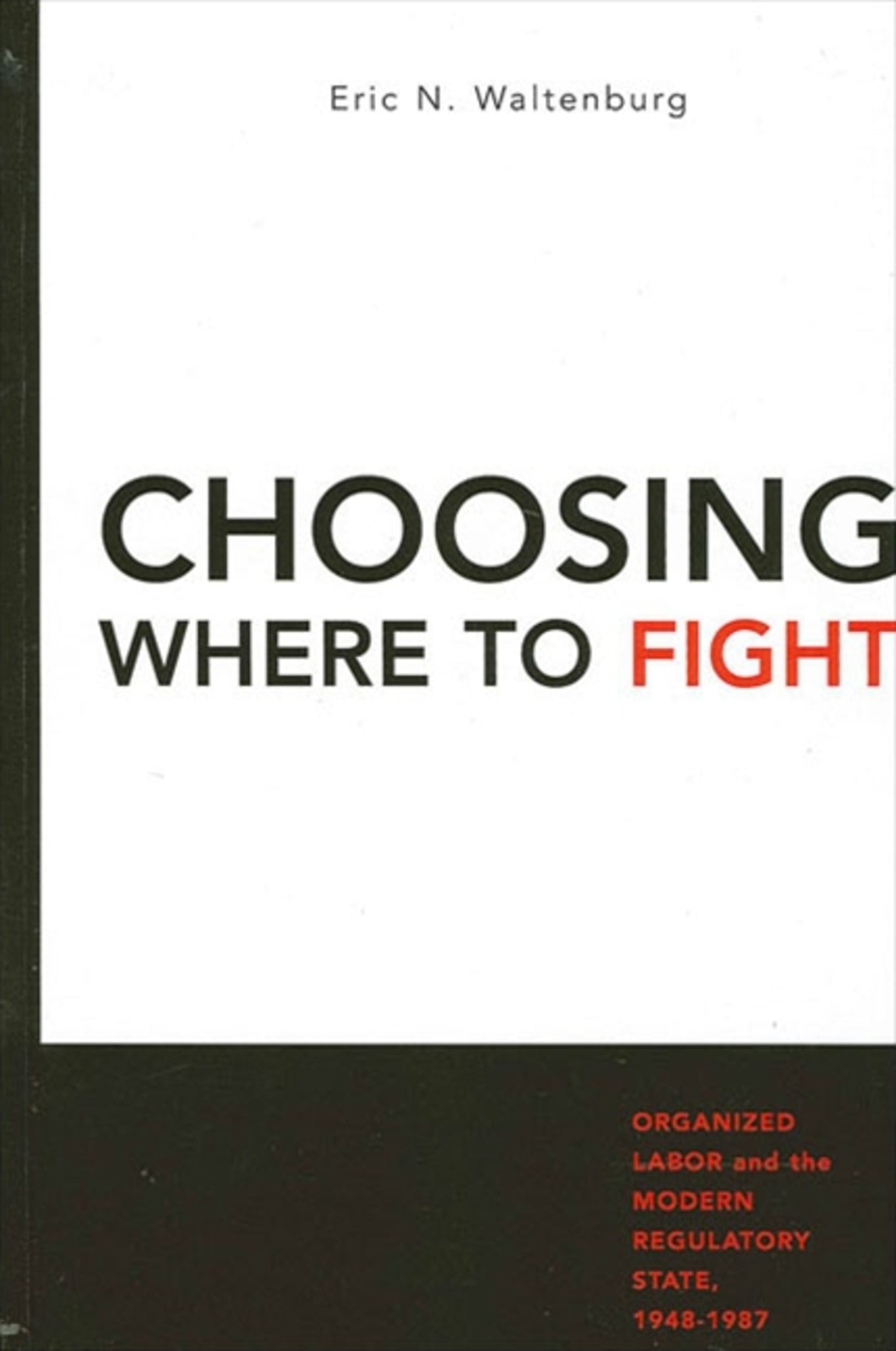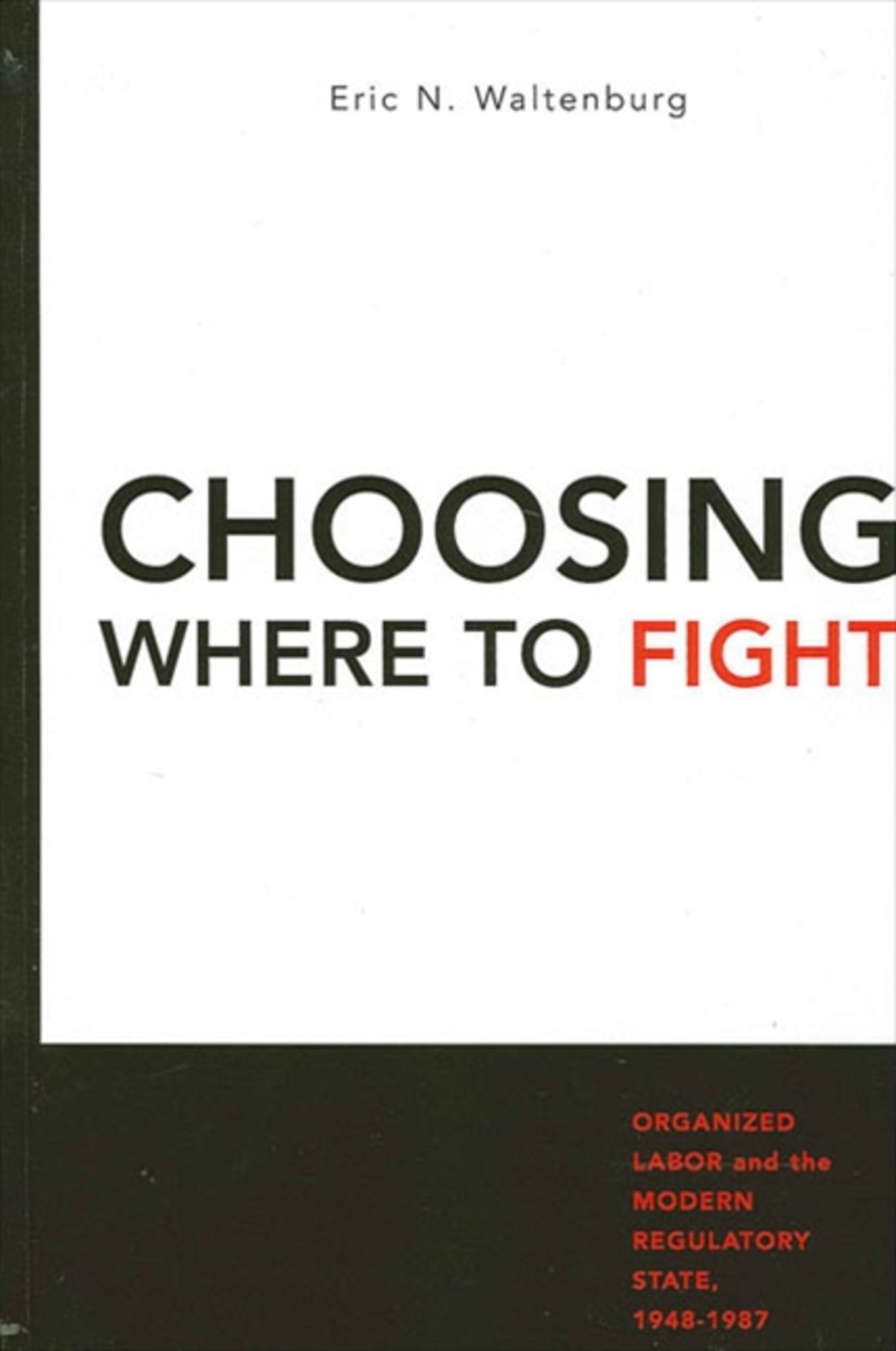We're sorry. An error has occurred
Please cancel or retry.
Choosing Where to Fight

Some error occured while loading the Quick View. Please close the Quick View and try reloading the page.
Couldn't load pickup availability
- Format:
-
21 December 2001

Examines how organized labor has decided where to pursue its interests.
Choosing Where to Fight studies how organized labor decided to strategically locate its energies in national policy making. The idea that organized interests divide their efforts among different institutional settings is well known. Waltenburg, however, systematically uncovers the determinants of how labor has decided to engage in one particular policy making arena over another. He examines labor's actions between 1948 and 1987 in the National Labor Relations Board, the federal circuit courts, and Congress. Labor's choice of where to act, he argues, is an instance of rational decision making under risk. The basis of labor's expectations and preferences for one of these arenas depends on prior experiences and the presence of allies within the particular institution.


"This book addresses a critically important topic that has received scant attention from scholars: in a system of separated powers how do interest groups choose venues in which to pursue their policy goals? It is well-designed, well-written, and makes a significant contribution." — Eric S. Heberlig, The University of North Carolina at Charlotte
List of Tables and Figures
Acknowledgments
1. Introduction
2. The National Labor Relations Board
3. The Judiciary
4. The Congress
5. Choosing Where to Fight
6. Conclusion
Appendix 1: The Unions
Appendix 2: The Continuing Validity of Democrat Support as a Coalition of Labor's Legislative Success
Notes
Table of Cases and Decisions
Bibliography
Index



